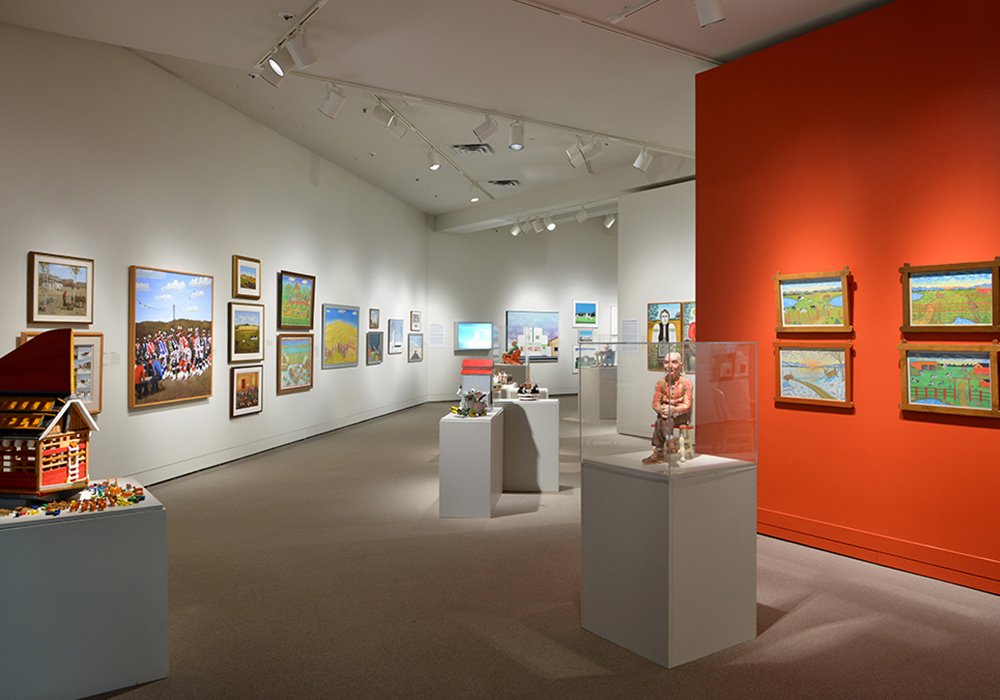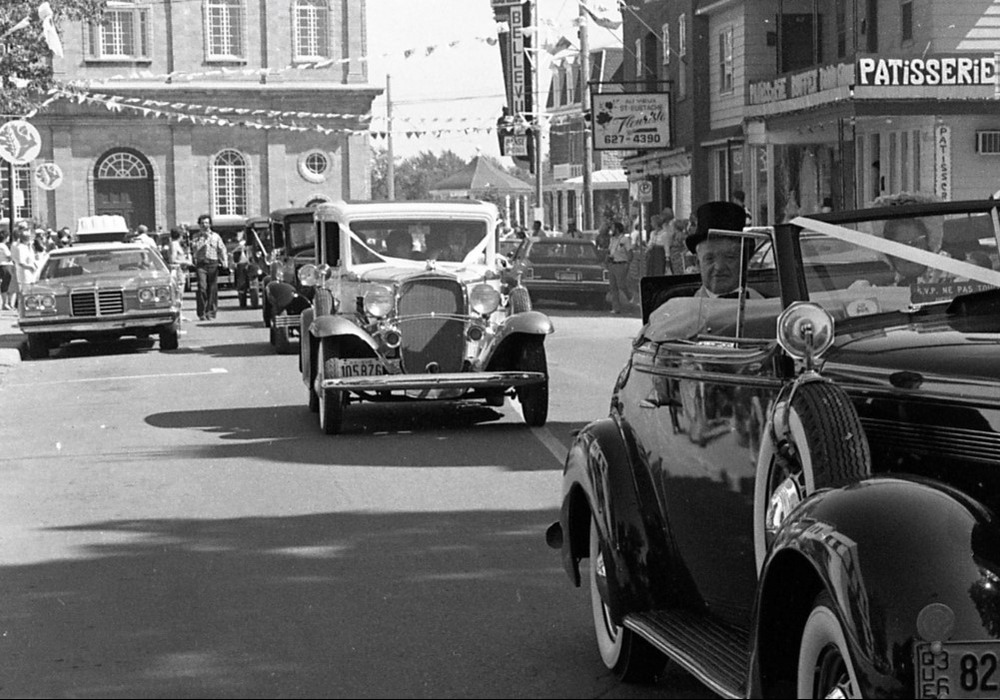
At the turn of the 20th century, when most cameras and photographers operated out of a studio, Reuben R. Sallows took his heavy, cumbersome equipment outside. He photographed people at work and play in the small towns, farmlands and in the expansive Canadian wilderness of Ontario, the western provinces and northern Quebec. A rogue photographer, Sallows did not wait for clients to enter his studio. He took his camera everywhere: in his black Ford Model A truck, in a hired canoe and on the newly installed trains that crisscrossed Canada between 1881 and 1937.
He sold his photographs to his studio patrons in Goderich, Ontario, the Canadian, Albertan and Ontario governments, postcard and lithograph companies in the United States, Britain, Scotland and Germany as well as magazines and newspapers in Canada, the United States and abroad. One of his photographs, Patriarch of the Flock, was published in the National Geographic magazine in 1920.
His photographs are full of detail and drama, lightened at times with a bit of humour. In one example, of a couple in love, she is in the long skirts of the 1900s, balanced upon his knee, her hand on the wooden pole of a milk churn while a mouse steals a lap of milk from a saucer set out for the cat. Sallows sold such romantic views to publications like Collier’s, newspapers and postcard publishers. His government contracts demanded a more realistic, still optimistic, capture of life on the newly developing Prairies and fruitlands of southwestern Ontario. His versatility at both setting a scene and capturing a moment made him an excellent freelance photographer in an age when such a concept was barely emerging. To be a photographer between 1881 and 1937 was to be a scientist, savvy businessman and artist. Reuben R. Sallows was all three.
The Photographic Travels of Reuben R. Sallows whisk you around Canada, when the forests were endless, the deer plentiful and the future full of unimagined possibilities. Meet the man behind the camera and travel with him to times lost. See with your own eyes the lumberjacks who cleared forests, the farmers who cleared land and the pioneers who lived without the aid of electricity. Enter the time machine of early photography.

